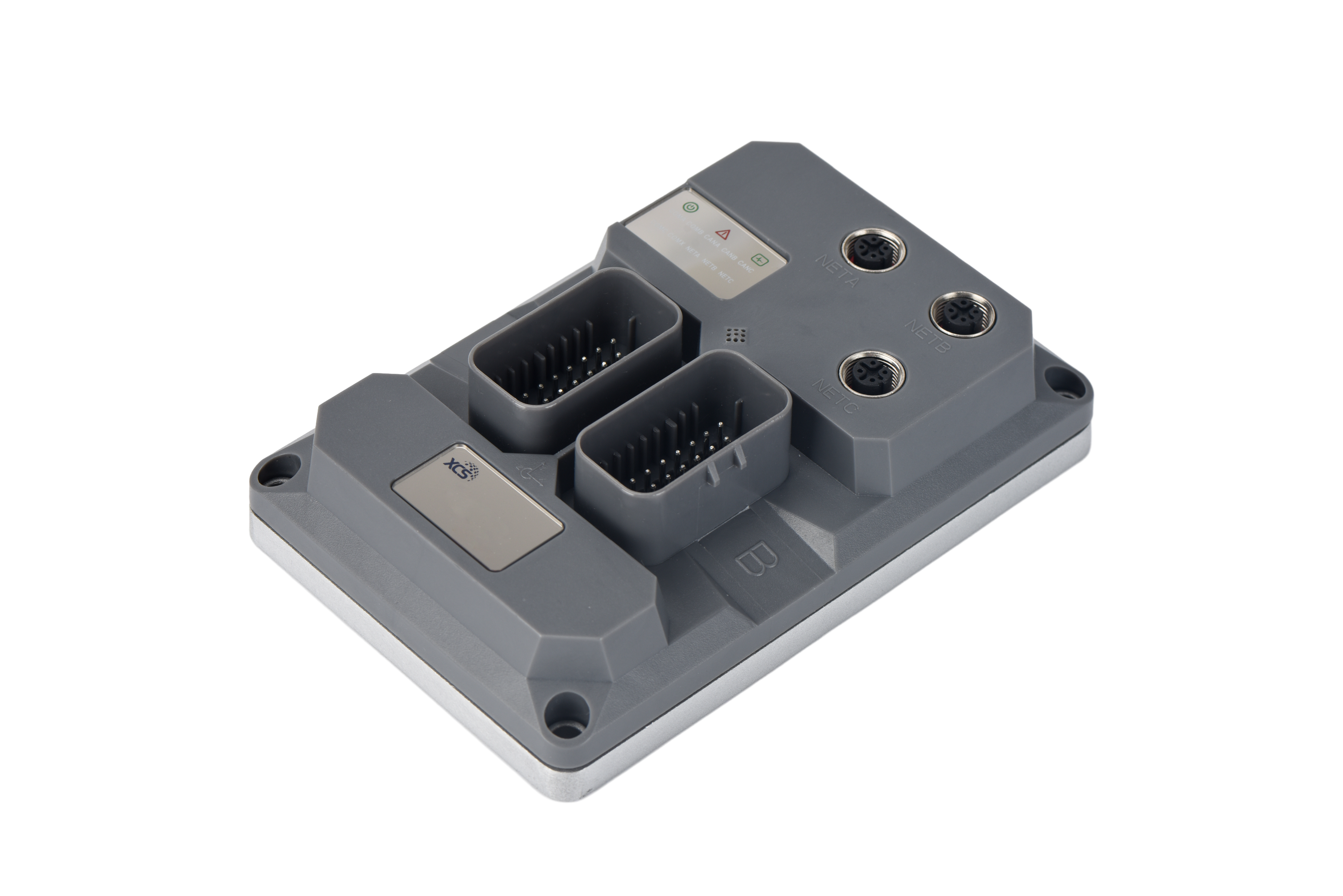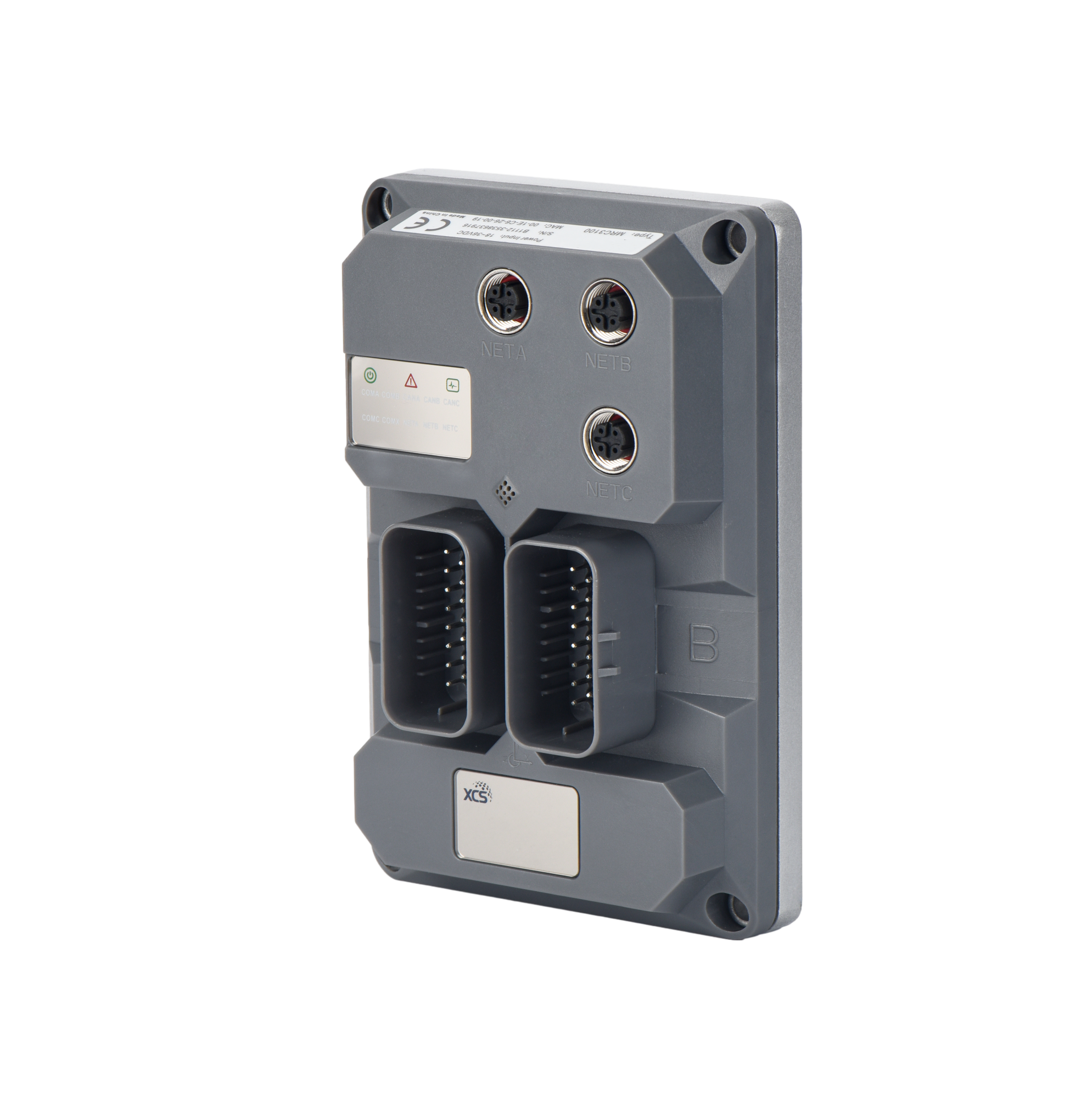

Mobile Robot Controllers for Differential Robot Applications
Pairs well with

Mobile Robot Controllers for Differential Robot Applications
If you have any questions, you are always welcome to contact us. We'll get back to you as soon as possible, within 24 hours on weekdays.
Contact Us
WhatsApp: +86 188 2652 6042
Email: sales@agvmotor.com
FAQs
Please read our FAQs page to find out more.
What about your lead time?
Usually it takes about 15-30 days, customized products take longer. It depends on the quantity and stocking.
What payment channels are available?
Our payment methods are T/T, Paypal, and we offer multiple country collection channels.
How about your after-sale service?
We can provide technical support via online communication. Within 24 hours technical support by email or calling service.
We provide 1-2 years warranty service according to different products. If there are any quality problems, we will actively deal with them.